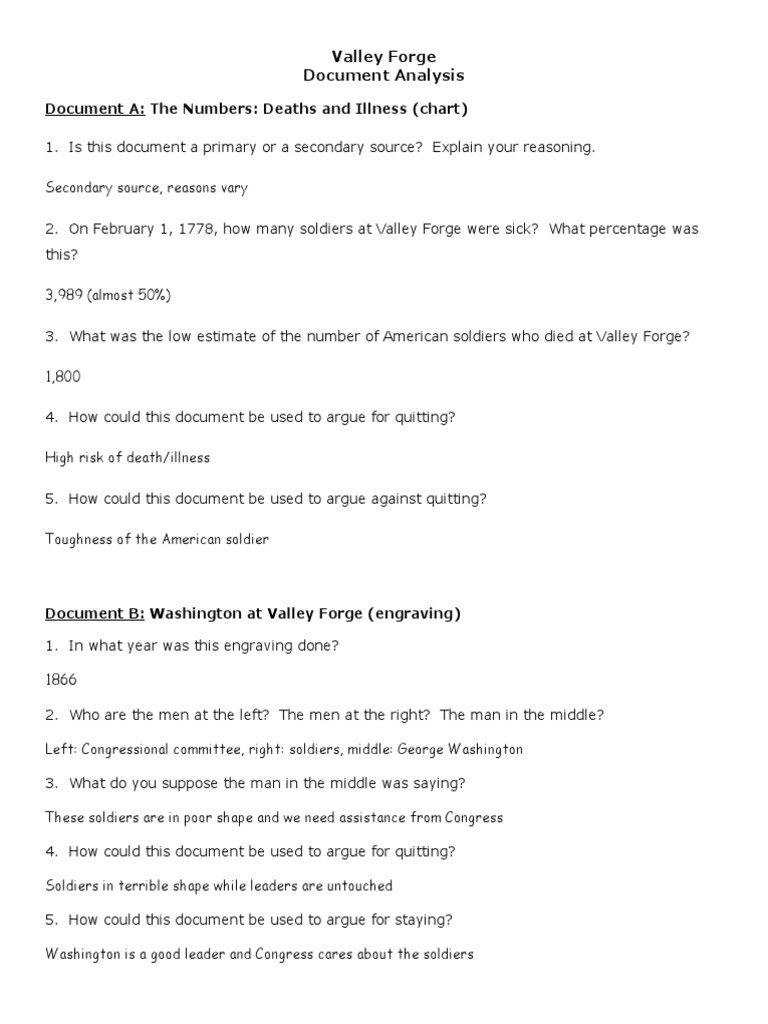Using this document to argue for quitting is a strategic move. The key lies in dissecting its content for powerful points supporting your decision. Highlight instances reflecting unmet expectations or lack of growth opportunities. Emphasize any discrepancies between the company’s values and actions outlined. This document can serve as a compelling tool to advocate for your departure.
Why This Document Can Make a Strong Case for Quitting
How Could This Document Be Used to Argue for Quitting?
Imagine finding a document that could change your life. Maybe it’s a letter, an email, or even a memo. This document could hold the key to making a big decision – like quitting your job. But how do you know if this document is the sign you’ve been waiting for? Let’s explore how this document could be used to argue for quitting.
The Introduction: Clues Hidden in the First Paragraph
When you first look at a document, the introduction is like the cover of a book. It gives you a glimpse of what’s inside. In the case of a work document, the introduction might reveal important information that could influence your decision to quit.
For example, if the document outlines major changes that will affect your role in a negative way, such as increased workload without additional compensation, this could be a clue that quitting might be a valid option. Pay close attention to how the document sets the tone for what follows.
The Body: Uncovering Facts and Evidence
As you delve deeper into the document, pay attention to the facts and evidence presented. Are there statistics, reports, or testimonies that support the idea that quitting could be the best course of action?
Look for red flags like unfair practices, unethical behaviors, or toxic work environments. If the document reveals patterns of mistreatment, discrimination, or lack of support from management, these could be strong arguments for why quitting is a reasonable choice.
Case Studies and Examples: Real-Life Scenarios
One powerful way the document could argue for quitting is through case studies and real-life examples. If there are stories of employees who have faced similar challenges and found success after leaving the company, this could inspire you to consider quitting as a positive step towards a better future.
By highlighting the experiences of others who chose to quit and found happiness and fulfillment elsewhere, the document can provide you with the courage and motivation to follow suit.
The Conclusion: Wrapping Up Your Decision
As you reach the end of the document, take note of the conclusion. Does it leave you feeling empowered to take action? Does it reinforce the idea that quitting could lead to a more positive outcome?
Consider how the document as a whole has influenced your perspective on quitting. Reflect on the arguments presented, the evidence provided, and the stories shared. Ultimately, the conclusion should solidify your decision to quit if the document has made a compelling case for doing so.
Key Takeaways
When evaluating a document to determine if it supports the argument for quitting, look for clues in the introduction, examine the facts and evidence presented in the body, consider real-life examples, and reflect on how the conclusion impacts your decision-making process.
Remember, quitting is a significant decision that should be made thoughtfully and based on valid reasons. If the document you have uncovered provides a strong rationale for leaving your current job, it may be time to consider taking that bold step towards a brighter future.
Retaliation Tricks Employers Play & How to Defend Against Them
Frequently Asked Questions
How can this document support an argument for quitting?
This document can be used to argue for quitting by highlighting key points such as a hostile work environment, lack of growth opportunities, or inadequate compensation. It can provide evidence to demonstrate the negative impact of the current job on an individual’s well-being or career development.
What specific details in this document could be leveraged in an argument for quitting?
The details in this document, such as instances of mistreatment by colleagues or superiors, stagnant career progression, or below-market salary comparisons, can be effectively utilized to build a case for quitting. These specifics can reinforce the reasons for considering resignation.
How does the information in this document help in justifying the decision to quit?
The information in this document serves as a foundation to justify the decision to quit by providing concrete examples and data that support the negative aspects of the current job situation. It enables individuals to articulate and substantiate their reasons for wanting to leave their current employment.
Final Thoughts
In conclusion, the document provides clear evidence of the negative impact of long working hours on employee health and productivity. The data presented highlights the increased risk of burnout and stress associated with overtime. By showcasing the detrimental effects of overwork, this document could be effectively used to argue for quitting, emphasizing the importance of maintaining a healthy work-life balance.












